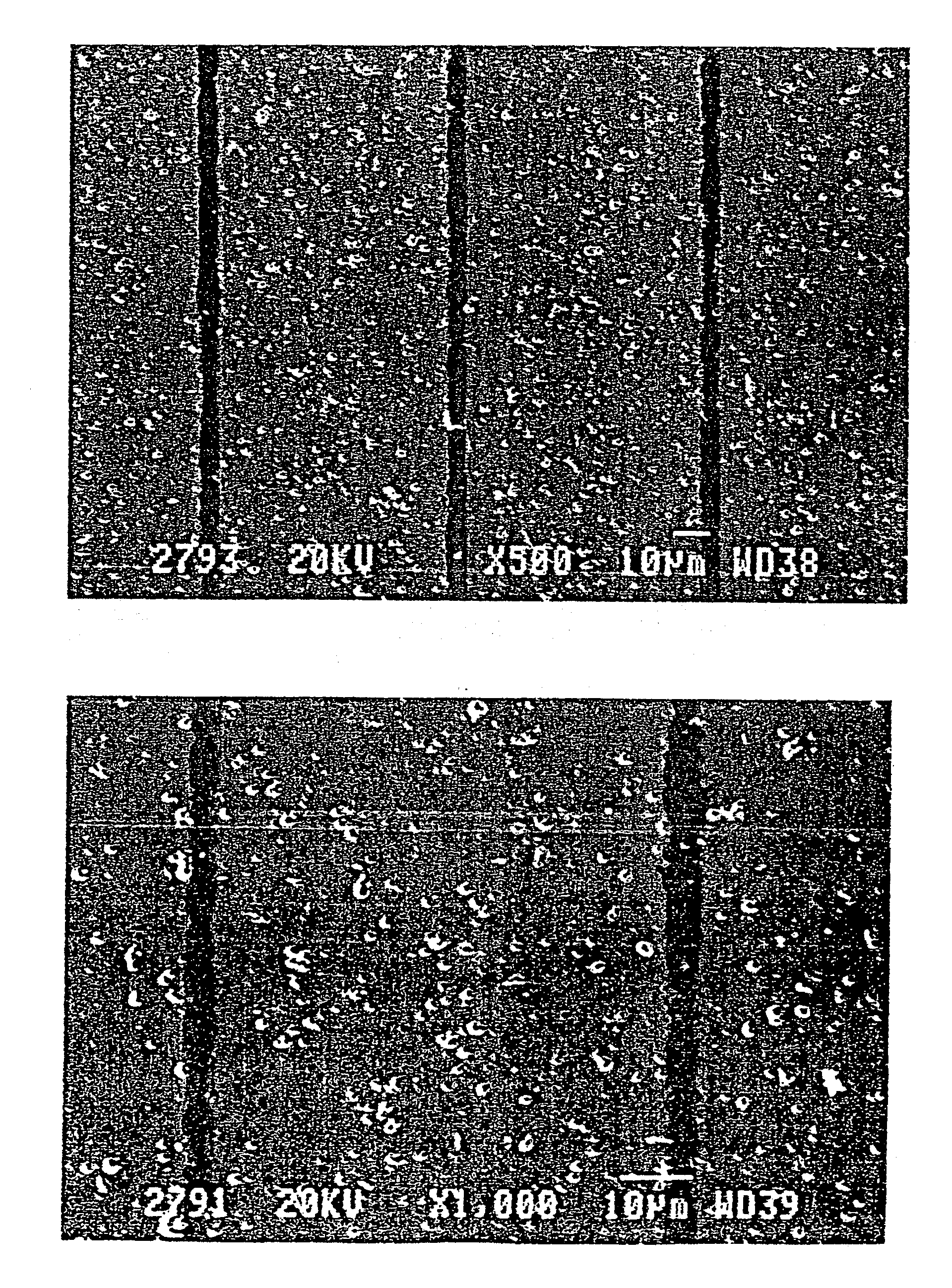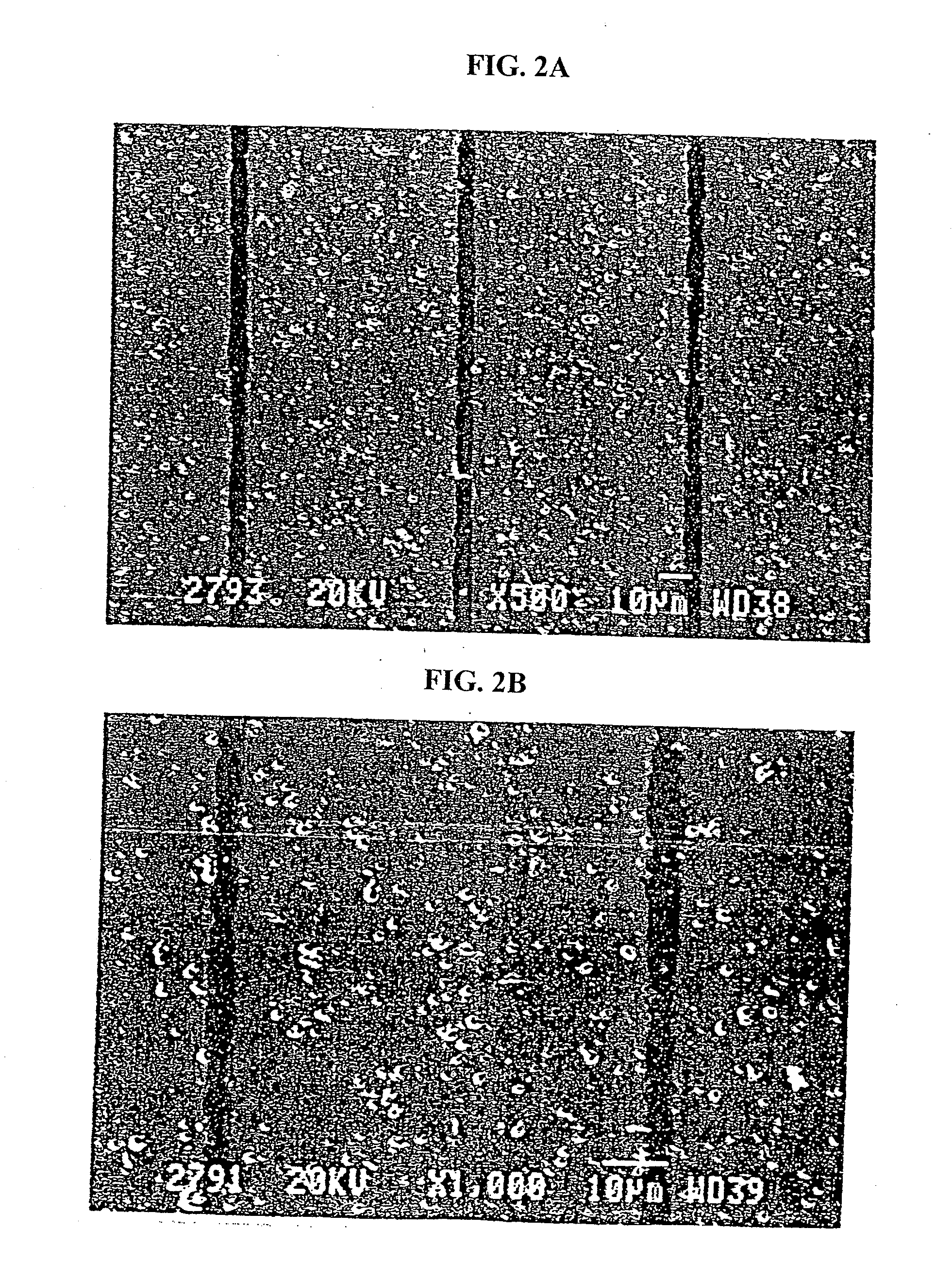Method for Making a Piezoceramic Device
a manufacturing method and ceramic technology, applied in piezoelectric/electrostrictive/magnetostrictive devices, thin material processing, transportation and packaging, etc., can solve the problems of reduced ceramic sensitivity, reduced insulating resistance, and increased dielectrcial losses, so as to achieve reasonable engineering effort and expense, the effect of not oxidizing
- Summary
- Abstract
- Description
- Claims
- Application Information
AI Technical Summary
Benefits of technology
Problems solved by technology
Method used
Image
Examples
Embodiment Construction
[0032]A piezoceramic Perovskite-mixed crystal phase is built according to the following steps: TiO2, ZrO2 (each may be from a mixed precipitation produced precursor (Zr, Ti)O2) and PbCo3 (e.g., Pb3O4 and dopants like La2O3 or from another oxyde of the rare earth metals) and if necessary an additive of CuO based raw material mixture is set in its composition on the morphotropic phase interface with a PbO-surplus of maximally 5% to support the sinter condensation; for even distribution, the component undergoes a grinding step in diluted suspension and is calcinated after the filtering; and drying occurs at 900 to 950° C. To obtain sinter condensation in 2 to 4 hours at about 1000° below the melting temperature of copper, a pulverization to a medium grain size 96% of the theoretical density at both sufficient grain growth and adequate mechanical solidity in the ceramic structure.
[0033]The finely ground powder is suspended in a diluted slip with approx. 70 m-% solid substance content by...
PUM
| Property | Measurement | Unit |
|---|---|---|
| temperature | aaaaa | aaaaa |
| temperature | aaaaa | aaaaa |
| partial pressure | aaaaa | aaaaa |
Abstract
Description
Claims
Application Information
 Login to View More
Login to View More - R&D
- Intellectual Property
- Life Sciences
- Materials
- Tech Scout
- Unparalleled Data Quality
- Higher Quality Content
- 60% Fewer Hallucinations
Browse by: Latest US Patents, China's latest patents, Technical Efficacy Thesaurus, Application Domain, Technology Topic, Popular Technical Reports.
© 2025 PatSnap. All rights reserved.Legal|Privacy policy|Modern Slavery Act Transparency Statement|Sitemap|About US| Contact US: help@patsnap.com



